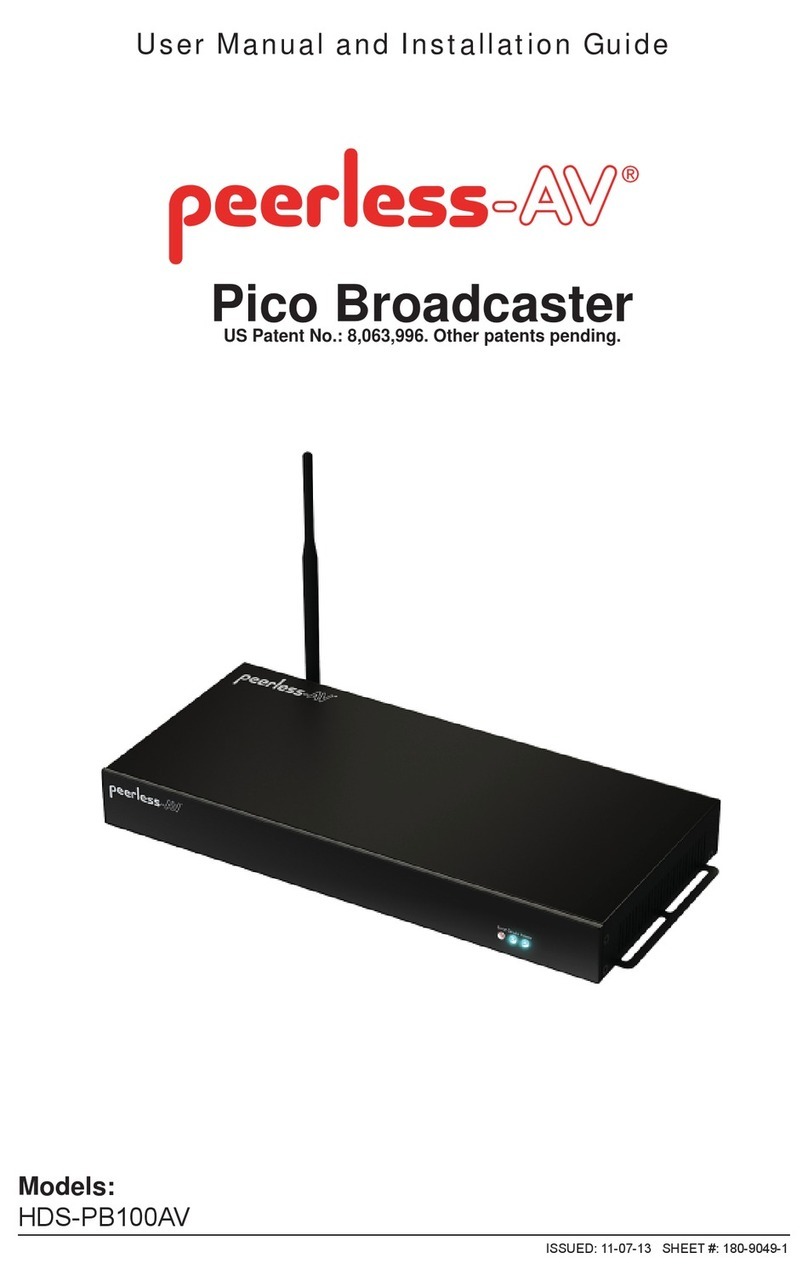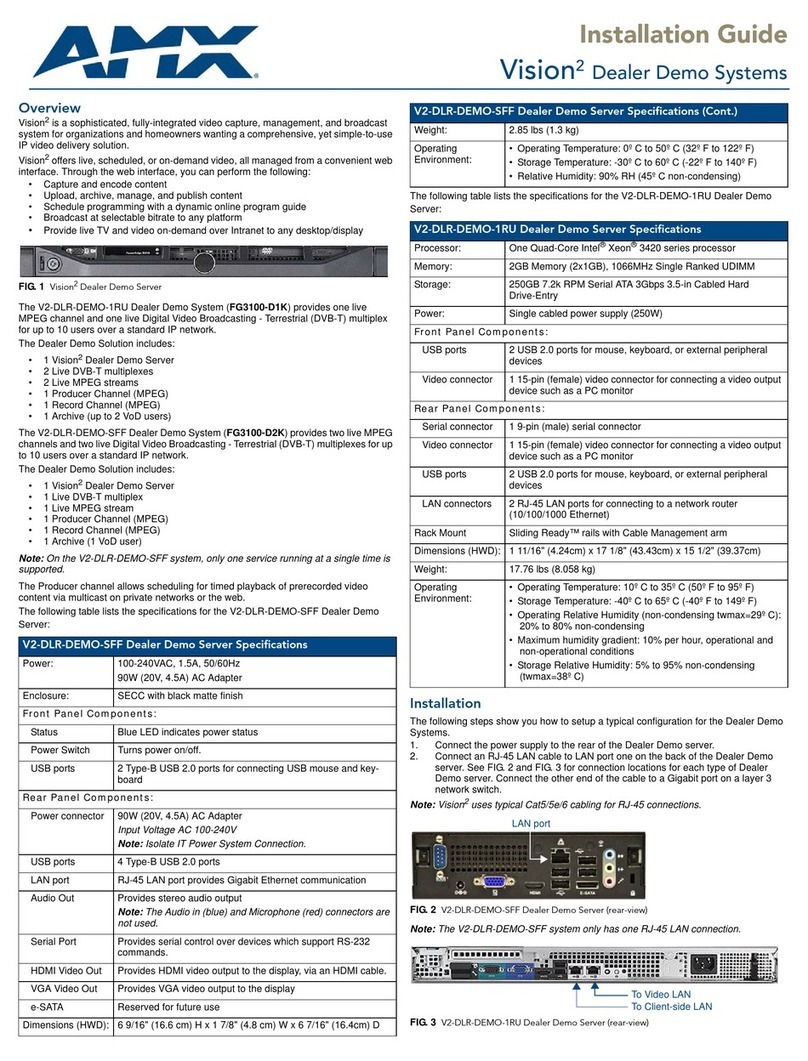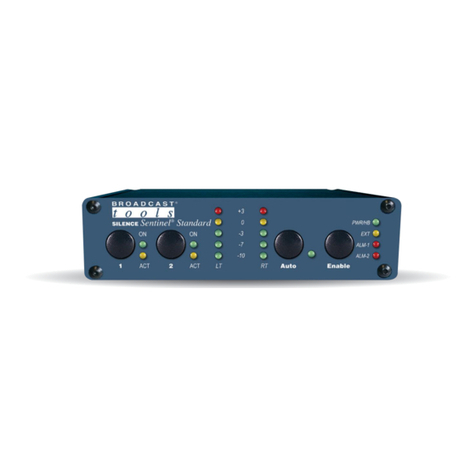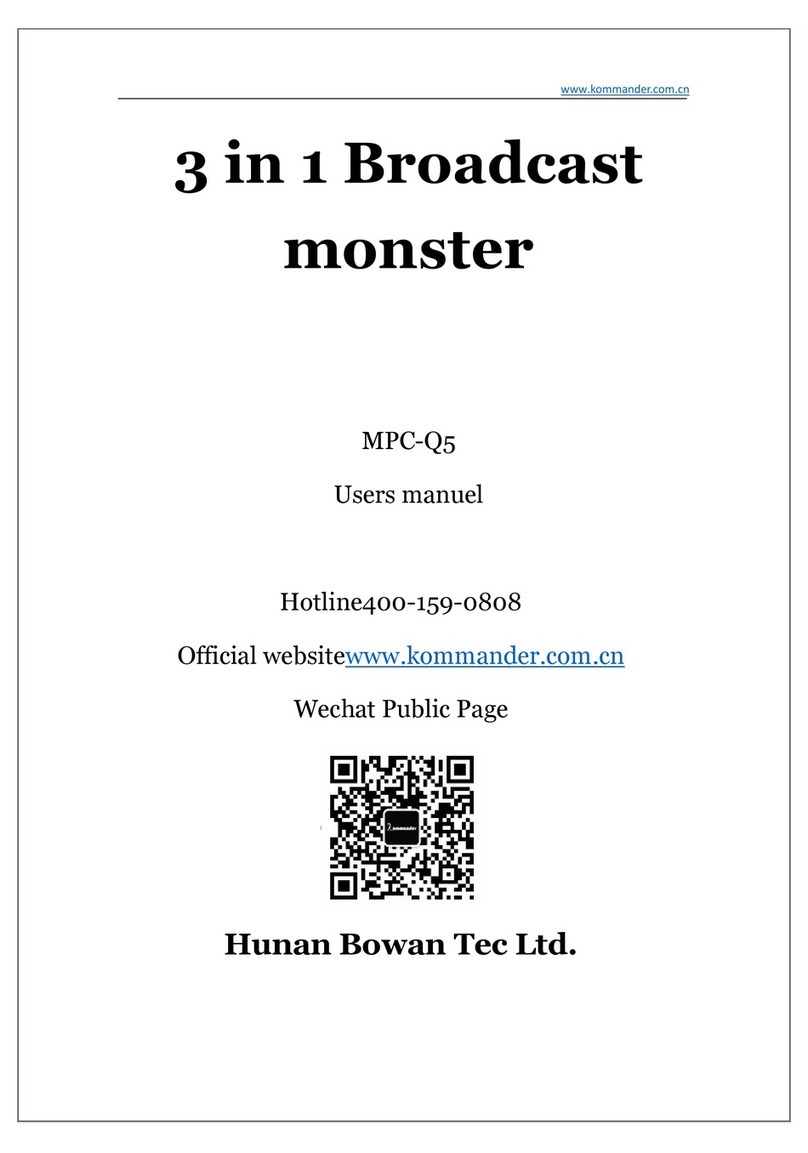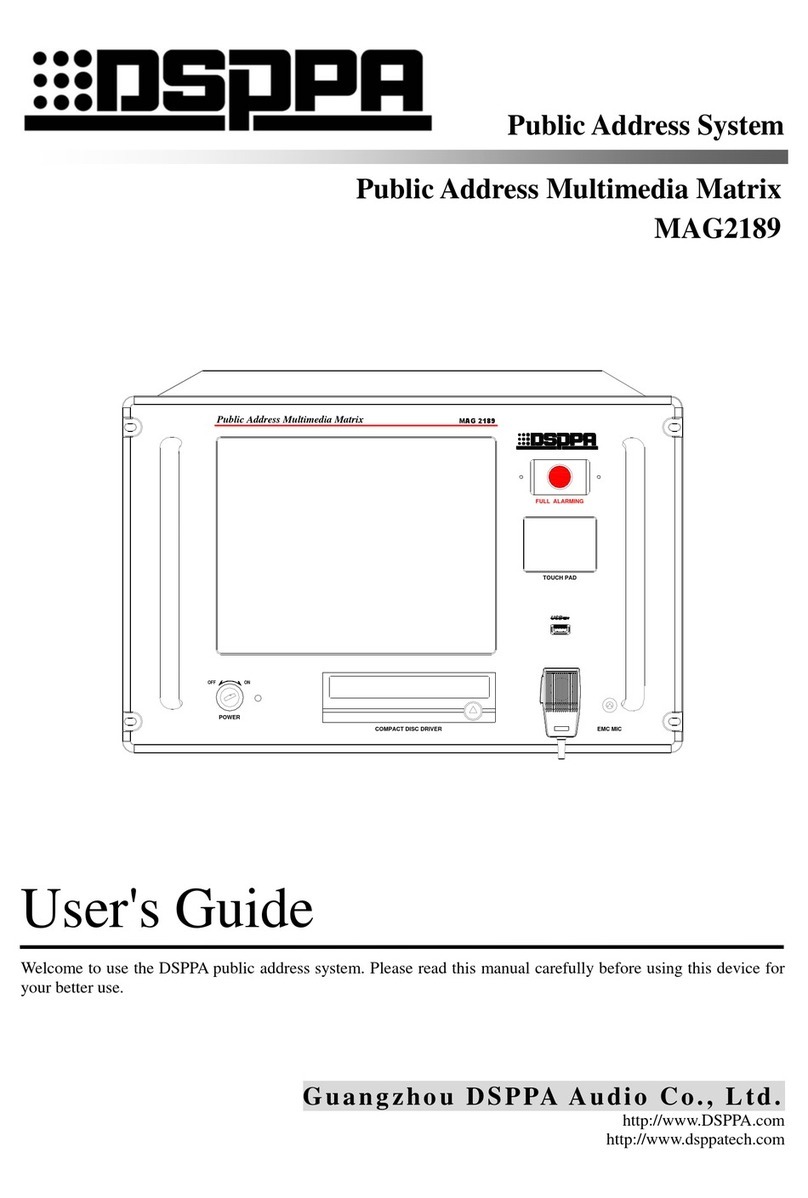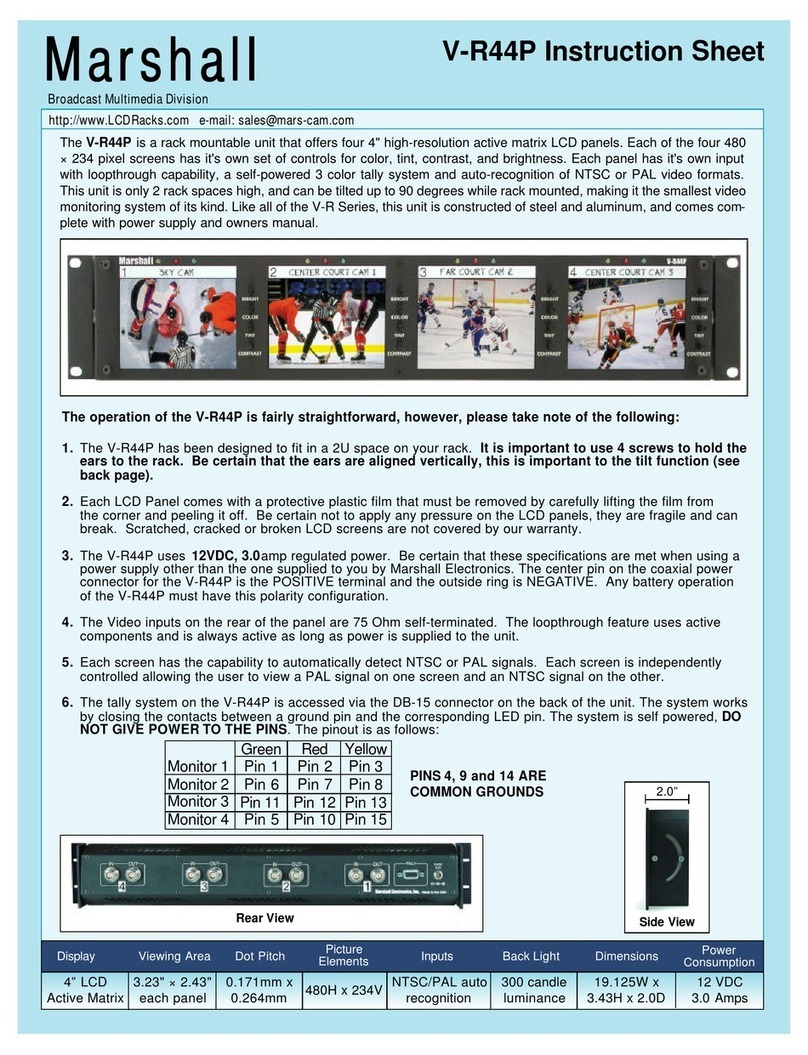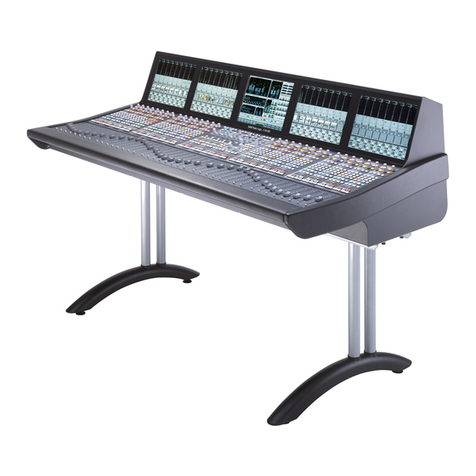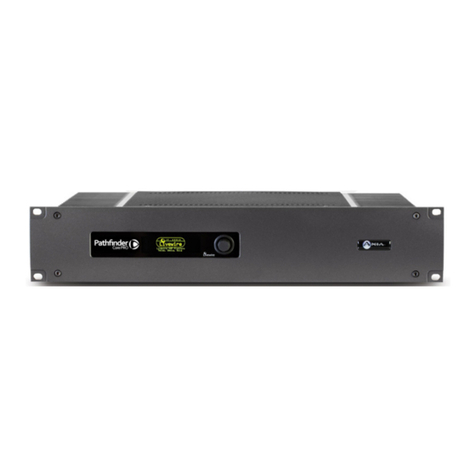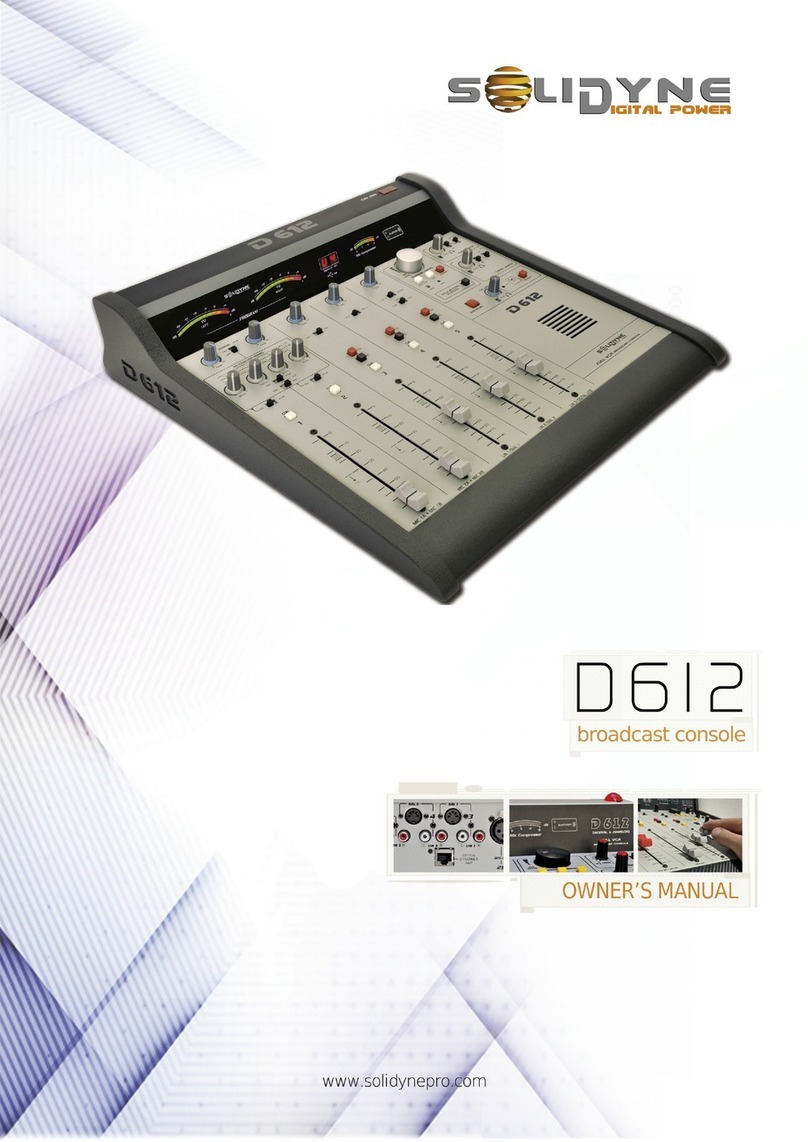1 General Information
1.1 Limited Warranty
Comlab Telecommunications Inc. warrants all its products to be free from manufacturing
defects for a period of two years after delivery to the original purchaser. All warranty returns
must be authorized by a Comlab representative.
The limitation of liability under this warranty shall be to repair or replace any part of the
product, which proves to be defective after inspection by Comlab. This warranty shall not
apply to any Comlab product that has been disassembled, modified, physically or electrically
damaged, inappropriately installed, or any product that has been subjected to conditions
exceeding the applicable specifications or ratings.
Comlab assumes no liability for any direct, indirect or consequential injury, loss, economic
loss, damage, fines or penalties incurred through the use, or inability to use Comlab products.
Comlab products are not intended for use in medical, life-saving, life-sustaining or critical
applications. Comlab customers using or selling Comlab products for use in such
applications do so at their own risk and agree to fully indemnify Comlab for any damages
resulting from such improper use or sale.
Comlab reserves the right to make design changes to its products without incurring any
obligation to make the same changes to previously purchased units.
This warranty is the full extent of obligation and liability assumed by Comlab with respect to its
products. Comlab neither makes nor authorizes any person or company to make any other
guarantee or warranty concerning its products.
1.2 Safety
The Davicom FMBM should be installed by qualified technical personnel only.
Installation of this device by an unqualified person could result in hazardous
conditions to the installer or other personnel, and/or damage the FMBM or other
equipment. Ensure that proper safety precautions have been taken before
installing this FMBM and any associated equipment.
The FMBM is designed to meet standard safety requirements, and it is extremely important
that it not be modified in any way. Modification of this equipment will void the warranty and
could pose a hazard to the user of this equipment or to maintenance personnel. Service of
the FMBM should be performed by qualified technical personnel who are familiar with the unit.
Note that the Davicom FMBM is designed for indoor use in a dry location, Installation and
operation in other locations could be hazardous.
Depending on your installation, the FMBM may contain HIGH VOLTAGES. Exercise caution
when working in and around the unit if it is connected to your site wiring.
